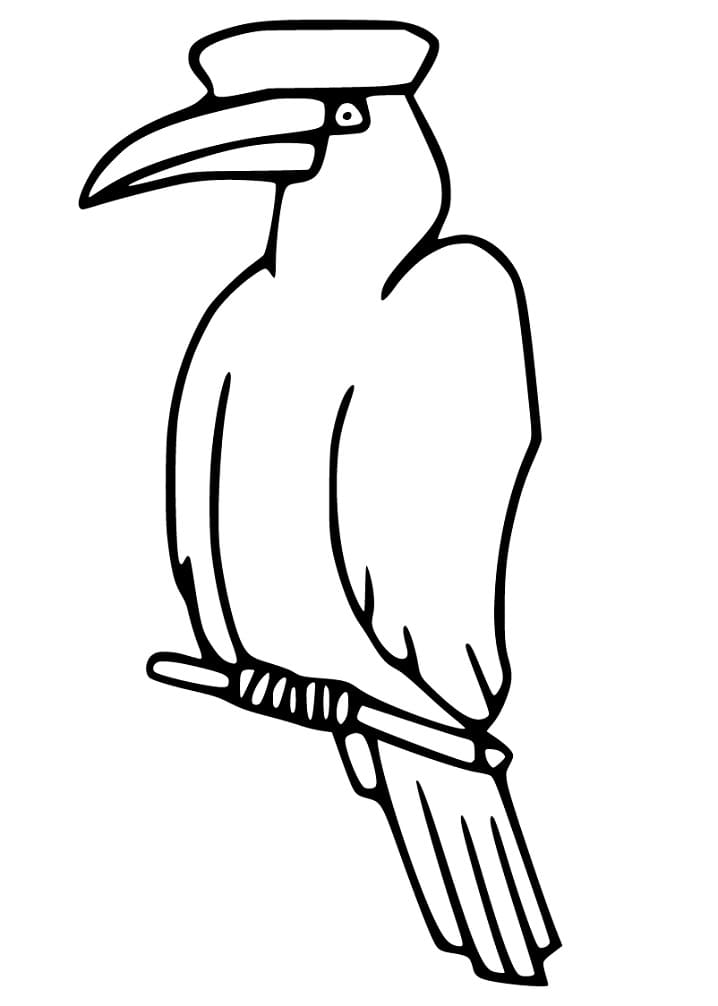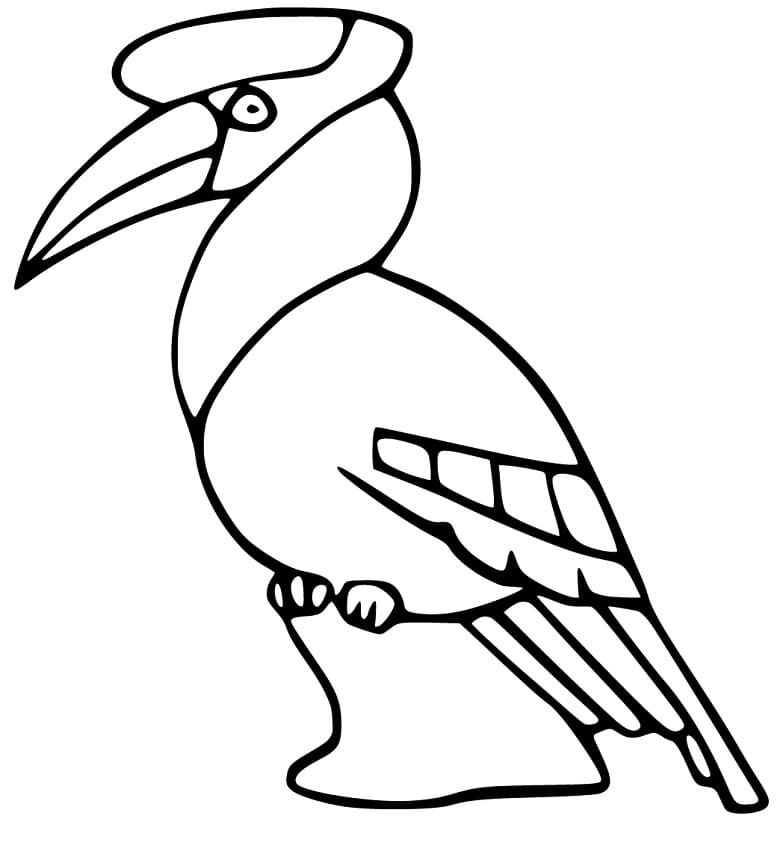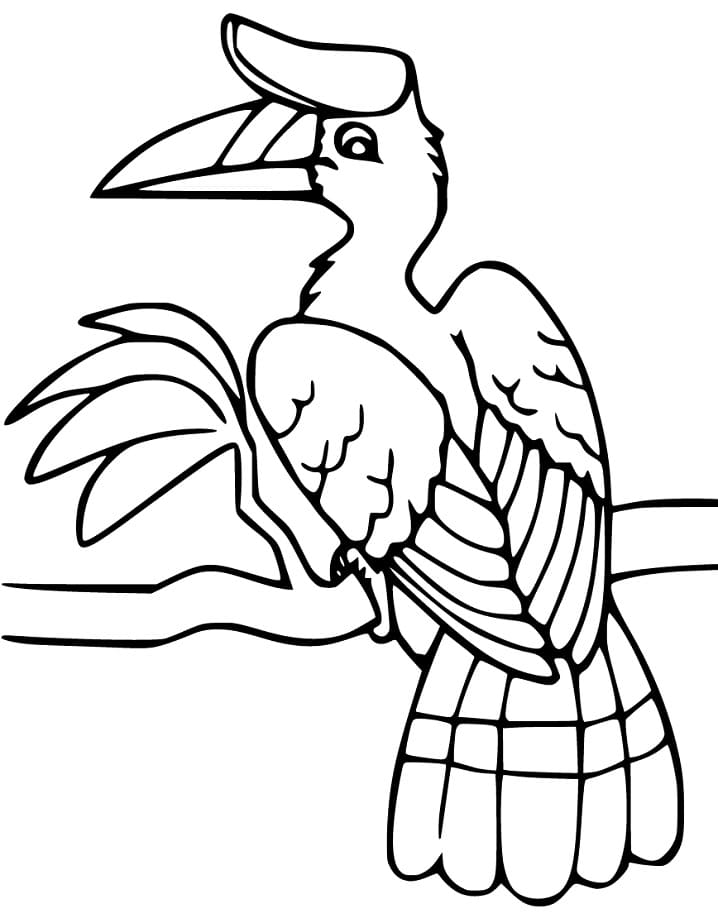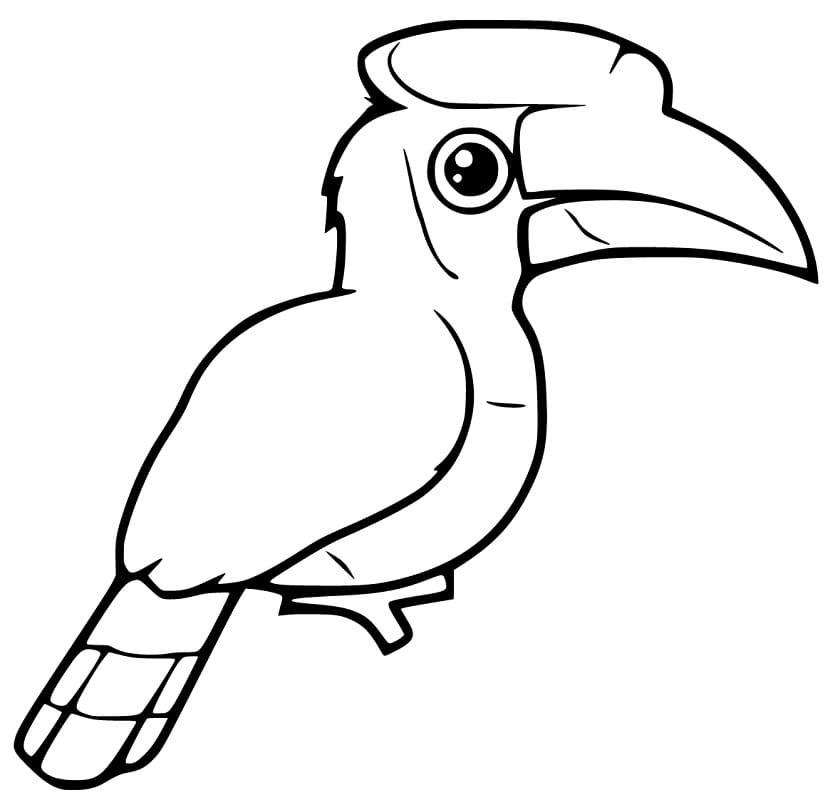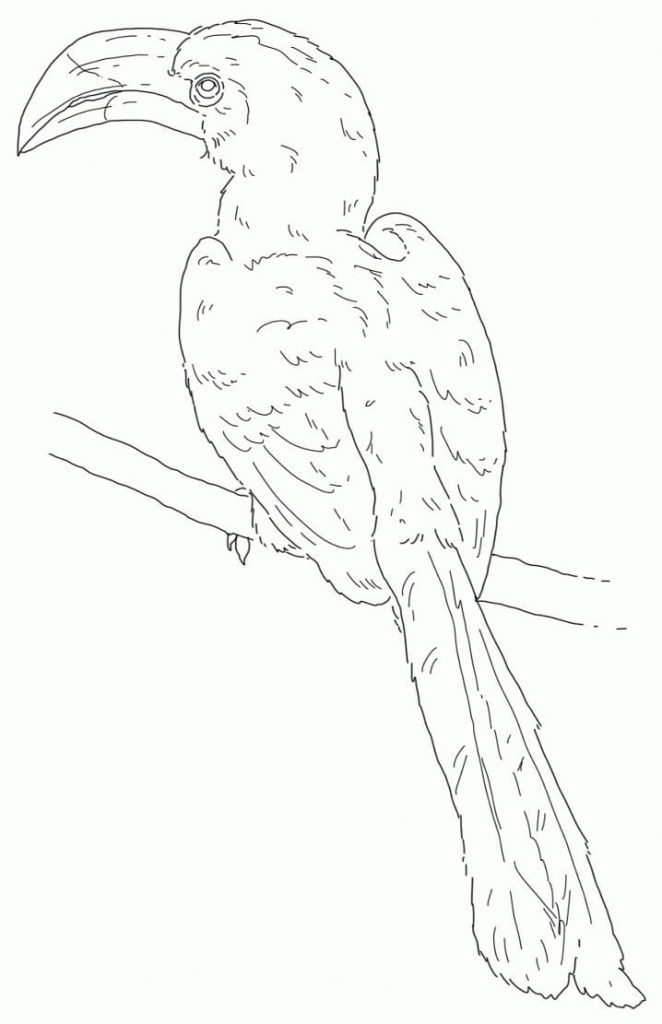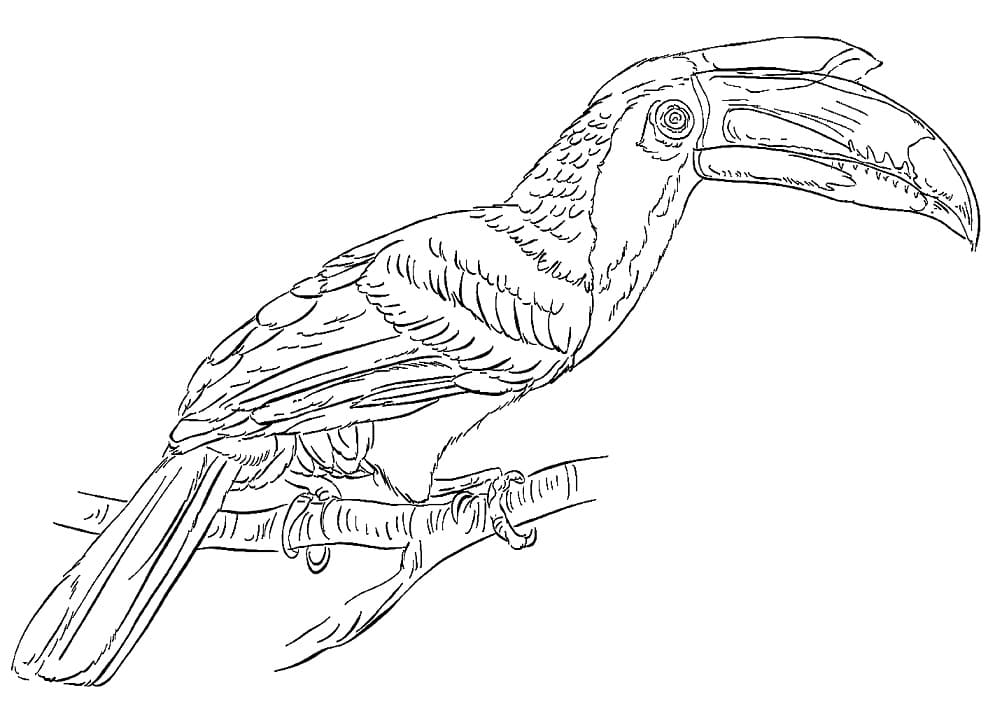The hornbill is a bird of the beak family (Bucerotidae), found mainly in Africa and Asia. These birds are known for their distinctive, large and massive beak, often with an extra "helmet" or "beak" on top. Here's some key information about beaks:
Beaked hornbill - interesting facts and information
- Appearance: Hornbills are medium to large sized birds, with long tails and wings. Beaks are large, strong and characteristically shaped, often with an additional appendage on top. The coloration of hornbills varies, usually including shades of brown, black, white and sometimes bright colors.
- Diet: Hornbills are omnivores, feeding on fruits, seeds, small animals, insects and carrion. The size and shape of their beak allows them to eat a diverse diet.
- Reproduction: Hornbills have unique breeding habits. The female encloses herself in a tree hollow, covering the opening with mud and feces, leaving only a small crevice through which the male feeds her. When the chicks are ready to leave the nest, the mother gets out, and then the hole is covered up again until the young are ready to leave.
- Range of occurrence and habitat: Hornbills inhabit a wide range of habitats, from savannas and steppes to dense tropical forests. They are found in Southeast Asia, sub-Saharan Africa and some species in Melanesia.
- Emergency: Some species of hornbills are endangered or at risk of extinction, mainly due to habitat loss and hunting. Hornbills are sometimes hunted for their feathers, meat and beaks. They are also threatened by the exotic animal trade.
- Curiosity: Hornbills play a key role in forest ecosystems because they spread the seeds of the plants they eat. Many tree species depend on hornbills to reproduce and spread their seeds.

